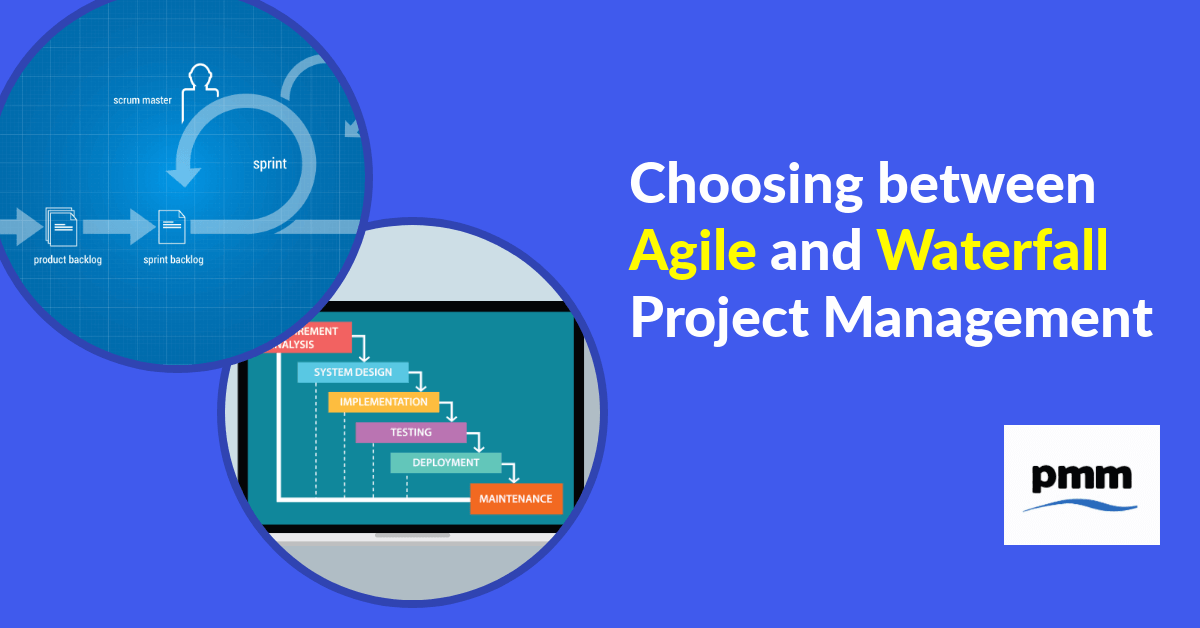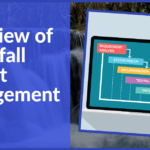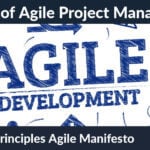When starting your project, the first thing you’ll need to decide is which methodology to use. Your methodology will determine how your project will be organised and will give all members of the project team clear direction, hopefully leading to a successful delivery. Here we will explore two of the major players.
Waterfall Project Management
The aptly named waterfall method is considered the traditional approach for project managers and follows a series of sequential steps. Each step must be completed before moving on to the next.
Like a waterfall, the process can only move in one direction, previous steps cannot be revisited.
The devil is in the detail with this method, with a focus on getting it right first time, but the need for clear documentation, predictable timelines and strict deadlines mean that each step of the process is methodically followed and is a great foundation for future projects.
Any project has a risk of error, something might not work out as you anticipated, or a once static set of requirements can suddenly change. This where the Waterfall’s systematic nature can quickly change from a steady cascade to a deluge. Identifying the requirements for the whole project beforehand can be risky.
As the project progresses new information may become available, the end deliverable may alter. As testing happens late in the process, or in some cases, at the end, it can be time-consuming, not to mention costly.
If the project has not been delivered correctly, a return to the start may be needed to determine what went wrong.
The simplicity of the Waterfall method provides the perfect learning curve for team members who have little experience of working on a project.
Generally no training is required, allowing you to get straight on with the project.
Agile Project Management
The Agile methodology is much newer method of project management and offers more flexibility than the Waterfall method. It works on the basis of mini cycles, referred to as ‘sprints’.
Think of a rollercoaster travelling through loops, you’ll define, build, test and release the deliverable before moving on to the next stage. The great thing about this, is you’ll get immediate feedback which can be implemented within the next sprint. This reduces the risk of getting to the end of the project before realising that one part of the process hasn’t worked as anticipated.
This team-centric method was initially designed for small, multidisciplinary teams, and relies on frequent face-to-face communication, which, despite being time-consuming, is beneficial to the project.
The flexibility offered by the Agile method can result in elongated deadlines and potential procrastination. Self-disciplined team members are a must.
So which method should you choose for your project?
As you can see, both methods have pros and cons, deciding which method is most appropriate for your project will depend on just that, your project.
- Do you know exactly what the project needs to deliver?
- Do you anticipate that there will be no major changes?
The stability of the waterfall method is your friend.
If, on the other hand:
- Your end goals are fuzzy?
- You don’t have all of the information up-front?
- There is real need for speed?
Then Agile can be the right choice for the success of your project.







